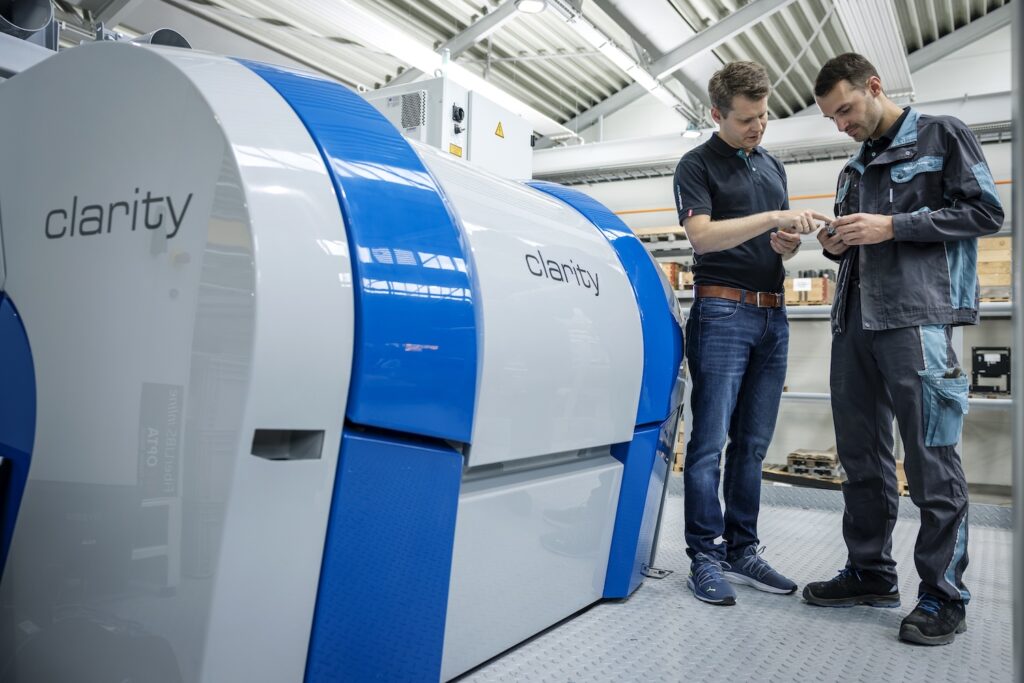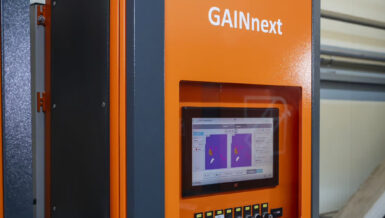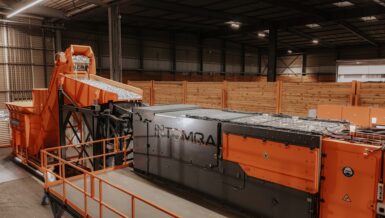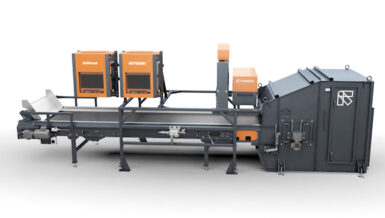Aluminum is one of the most versatile materials in the modern world. It’s strong, lightweight, corrosion-resistant, and endlessly recyclable. From aerospace and automotive components to consumer electronics, construction materials, and medical devices, aluminum is indispensable. But as demand for this metal increases — projected to grow by 50% by 2030 — so does the pressure to recycle it more efficiently and sustainably.
What makes aluminum remarkable is not just its utility, but its recyclability. Unlike many materials, aluminum can be reprocessed indefinitely without losing quality — provided, of course, it is done correctly. Already, 75% of all aluminum ever produced is still in use. In Europe, over 90% of aluminum is recycled — a striking figure, but one that still leaves room for improvement. Further increasing recycling rates and efficiency could significantly reduce CO₂ emissions. In short, better aluminum recycling isn’t just good practice — it’s essential to achieving both climate targets and industrial resilience.
But there’s a catch.
The Challenge: Alloy Complexity
Aluminum scrap isn’t homogeneous. It’s a mixture of different alloy types, each with distinct chemical compositions, properties, and applications. A beverage can is not the same as a cast engine block or a structural beam. The better we can sort these alloys, the higher the quality — and value — of the secondary material. This directly influences the quality of the recycled product.
This matters because high-end applications — from aircraft components to EV battery trays — require specific, consistent alloy types. If recycled aluminum isn’t sorted cleanly, it cannot meet strict industrial specifications. That means it may be down-cycled or rejected altogether.
In essence, while existing sorting technologies are valuable, they are not sufficient to completely close the loop. Each comes with technical and economic limitations.
Traditional Technologies: Effective, but Limited
To address the alloy challenge, the industry has developed a suite of sensor-based sorting technologies. Some of the most common include:
- X-ray Transmission (XRT): Differentiates materials based on density
- X-ray Fluorescence (XRF): Detects heavier elements like iron and copper
- Laser-Induced Breakdown Spectroscopy (LIBS): Offers high precision, especially for detecting light elements like magnesium and silicon
These technologies have done much to advance metal sorting, but they come with trade-offs. X-ray-based systems raise radiation safety concerns and require strict regulatory compliance. LIBS, while powerful and accurate — especially for detecting light alloying elements — is complex, slower, and costly to operate. The equipment is often bulky, wear parts are expensive, and throughput is limited — especially when compared to modern optical systems based on visible light.
This raises a fundamental question: Can we do better?
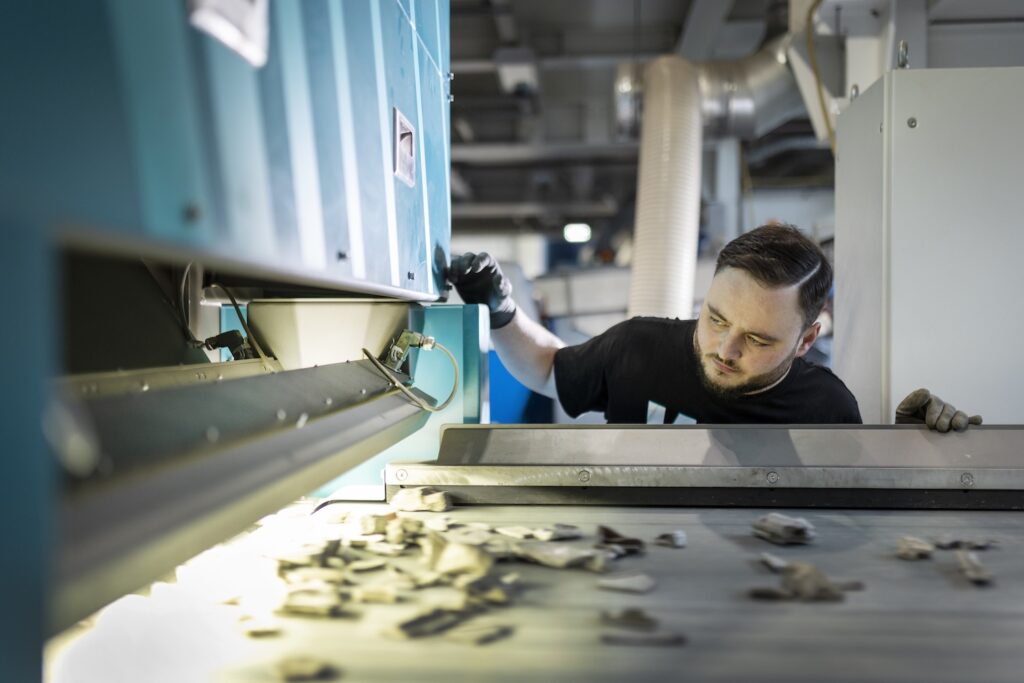
A Smarter Approach: Enter Artificial Intelligence
At Binder+Co, we’ve been asking that question for years. Our answer is yes — with AI.
Artificial Intelligence is more than just a buzzword. In metal recycling, it represents a paradigm shift. Instead of relying solely on chemical composition or density, AI-powered systems interpret visual patterns and structural cues — what we call the material’s optical fingerprint. Much like manual sorters use their eyes, our CLARITY AI system uses the same optical features — only faster and more consistently.
These systems use high-resolution visible-light cameras combined with deep learning algorithms trained on thousands of real-world samples. The result is a machine that can distinguish materials based on subtle differences in texture, shape, contour, and surface properties — even without any color difference.
For example, cast aluminum, sheet metal, and extrusion profiles may all appear grey to the naked eye. But AI can still recognize small differences:
- Surface smoothness
- Reflectivity
- Edge geometry
- Manufacturing marks
With sufficient training data, the algorithm identifies these features more accurately and reliably than a human operator — at industrial speed.
Case Study: Sorting Twitch Scrap with CLARITY AI
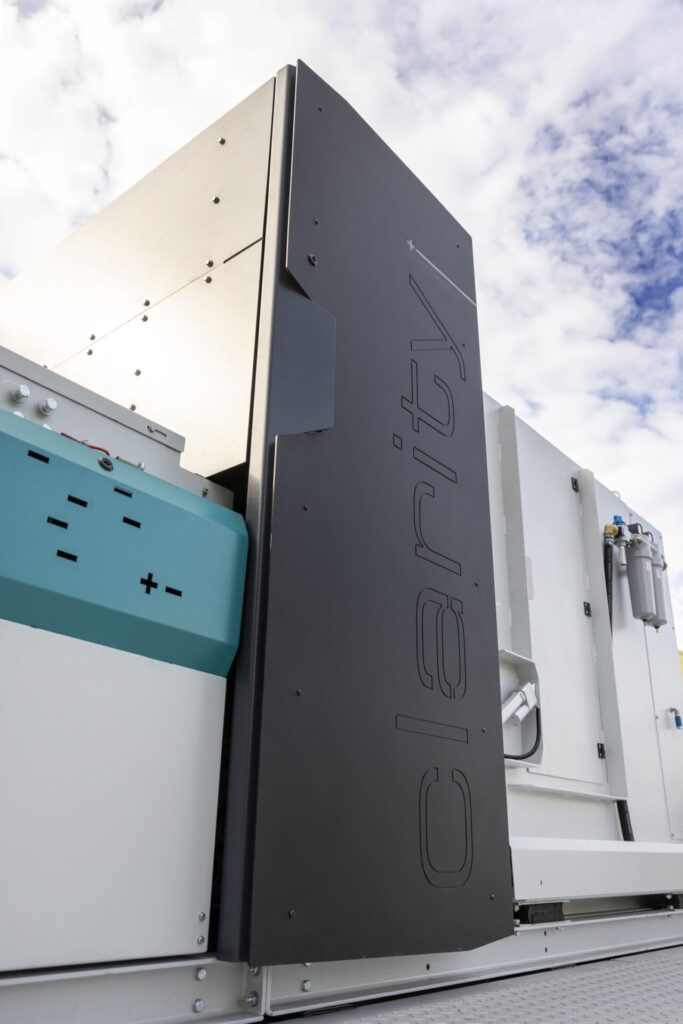
Let’s look at a real-world challenge: sorting mixed aluminum scrap, also known as Twitch. This post-processed stream includes everything from shredded beverage cans to structural profiles.
Using CLARITY AI, the material undergoes a multi-stage process, driven entirely by AI and visible-light imaging:
Stage One – Profile Separation
The system identifies extrusion profiles based on their linear structure. These typically belong to the 6xxx alloy series and are separated early on, significantly reducing the volume for downstream processes.
Stage Two – Cast vs. Sheet
The remaining material — mostly cast parts and sheet metal — is further classified based on texture and structure. Cast alloys are ejected, while wrought sheet alloys continue in the flow.
Stage Three – Optional LIBS Refinement
If further separation is needed (e.g., distinguishing between 3xxx and 5xxx sheet alloys), a smaller, cost-effective LIBS unit can be added downstream. Because AI has already handled the bulk separation, the LIBS sorter can manage higher flow rates with standard-sized equipment.
This follows the principle of process engineering: start with the simplest and most robust solution, and only add complexity where necessary.
The hybrid model leverages the strengths of both technologies — AI for high-throughput coarse sorting, LIBS for precision refinements.
The Economic Advantage
What makes this approach truly compelling is its economic efficiency.
While LIBS offers high accuracy, it is expensive and slow. In contrast, AI systems are:
- Faster (handling up to 5–15 tons/hour)
- Lower in capital cost
- Simpler to operate
- Free from radiation-related regulations
Because AI handles most of the volume, any downstream LIBS system only needs to process a fraction of the material. The benefits are clear:
- Smaller equipment
- Lower energy use
- Less wear and tear
- Significantly faster return on investment
- Greater flexibility
In essence, CLARITY AI is not just an AI-based sorter — it’s a complete optical sorting system enhanced with AI. It can also handle traditional tasks like color sorting, aspect ratio detection, and basic metal recovery.
Summary
So, what does all of this mean for the future of aluminum recycling?
It means we’re entering a new phase — one where intelligent machines can perform sorting tasks that mimic the insights of chemical analysis, without the need for expensive sensors or radiation sources. It means we can reduce dependence on high-maintenance technologies. And most importantly, it means that true circularityin aluminum use is finally within reach.
Importantly, AI-based sorting is not limited to aluminum alloys — it can also be applied to other complex material streams such as meatballs (ferrous–nonferrous composites), e-waste with printed circuit boards, and used beverage cans (UBCs), enabling high-purity separation across a wide range of recycling applications.
The bottom line:
AI enables the aluminum industry to recycle better, faster, and more profitably — while lowering CO₂ emissions and resource consumption.
While AI won’t completely replace LIBS or comparable technologies, it will significantly reduce reliance on them, and complement them where needed. The result? A leaner, more flexible, and more sustainable recycling process.

